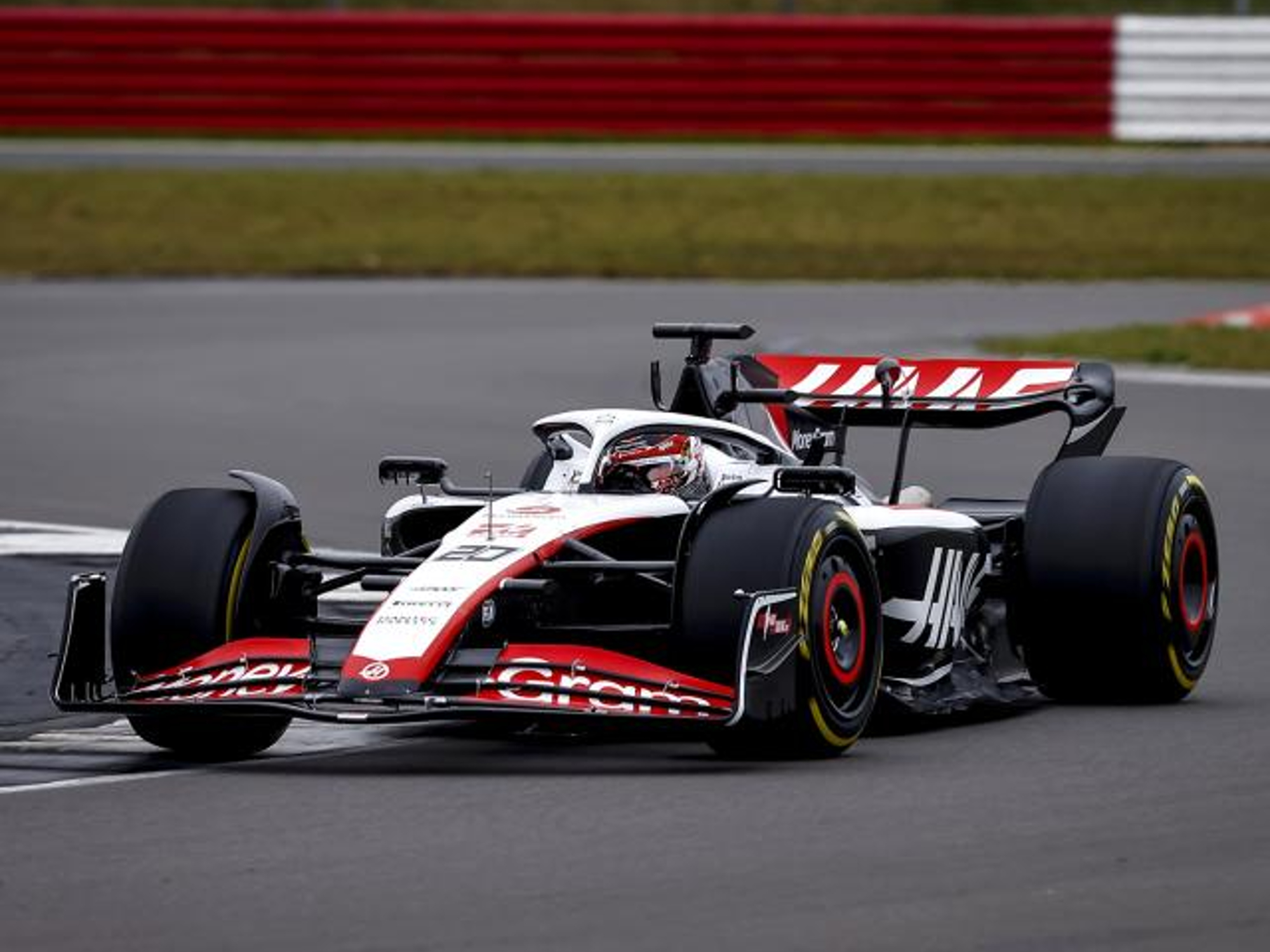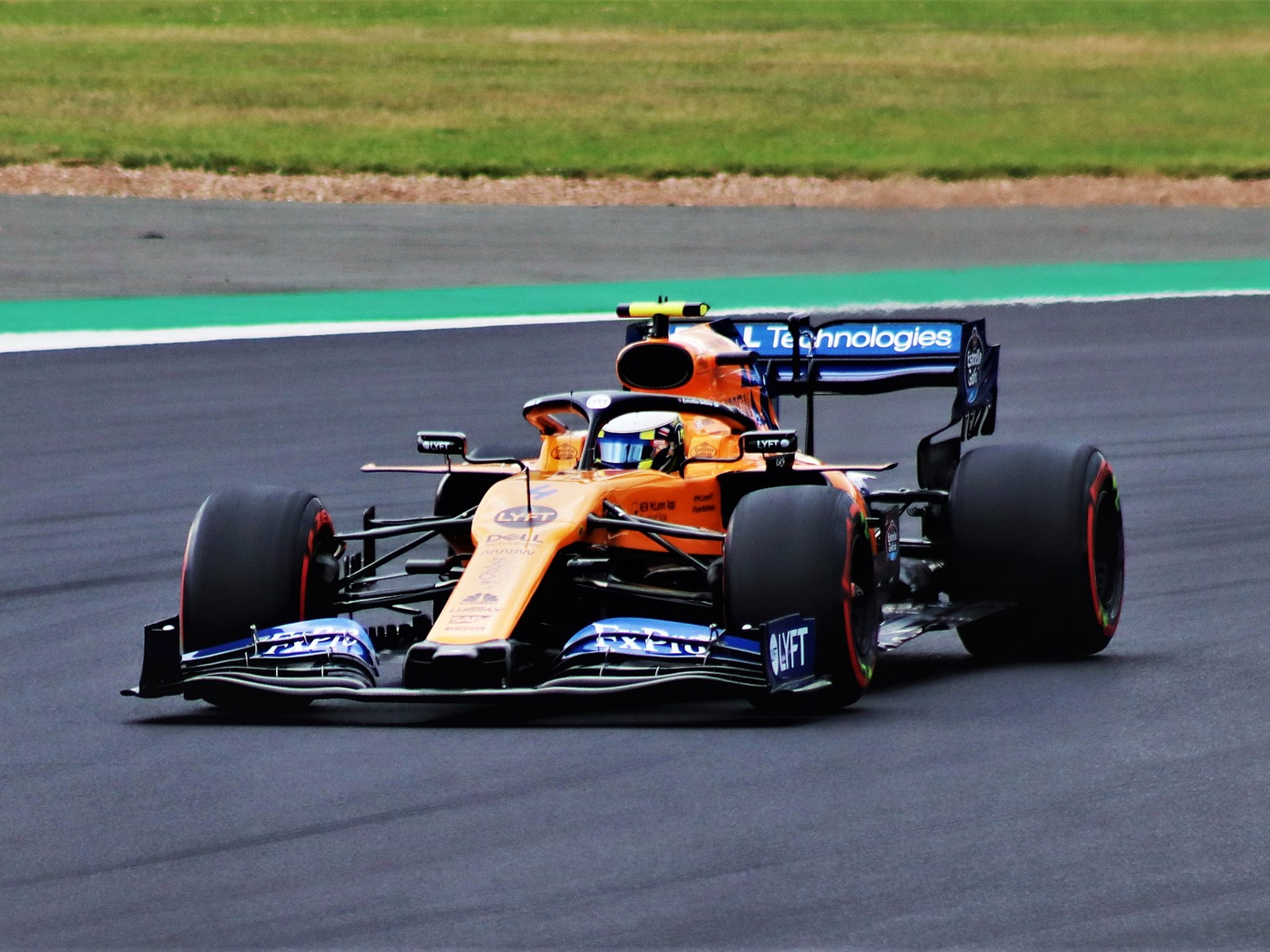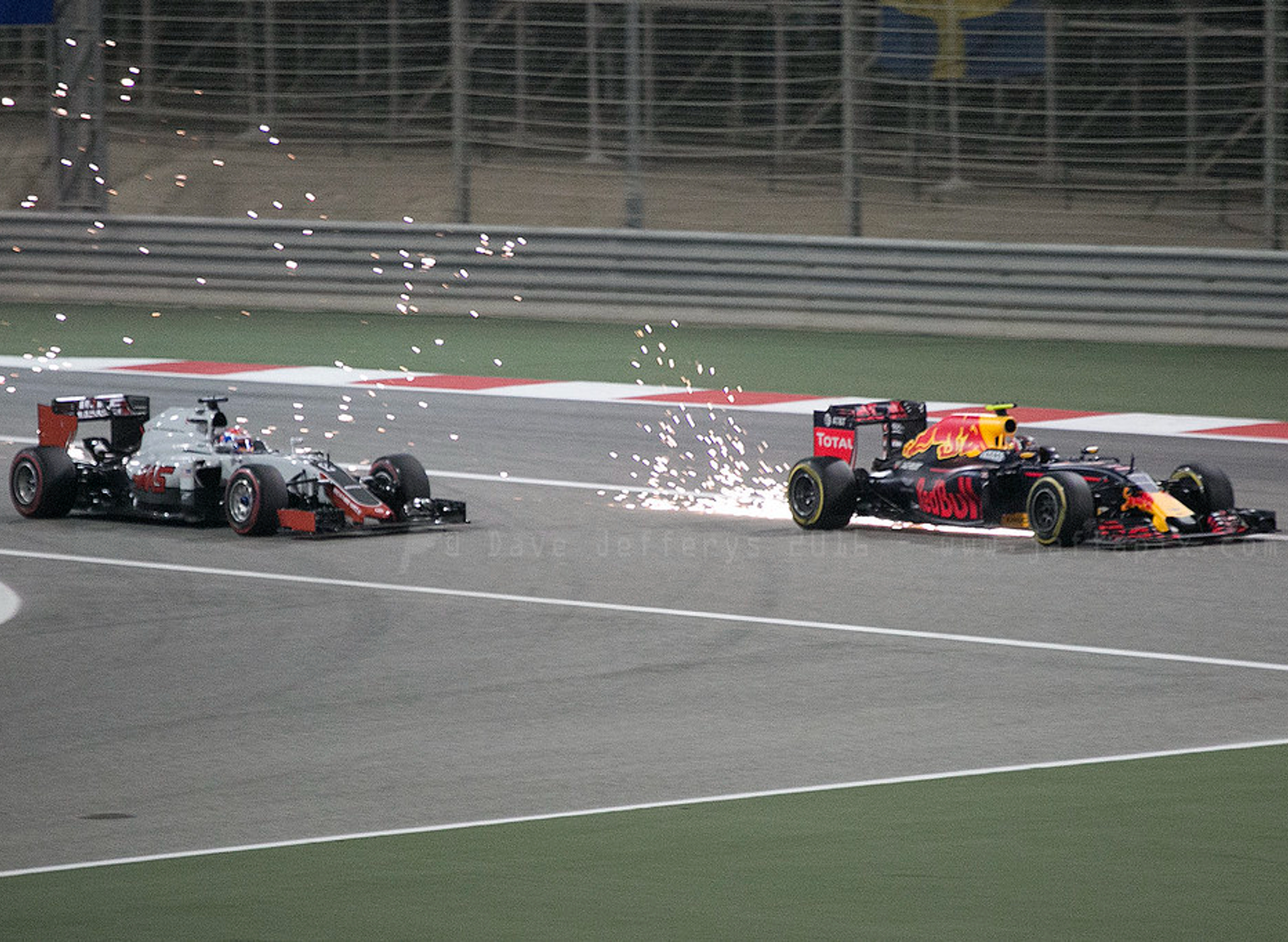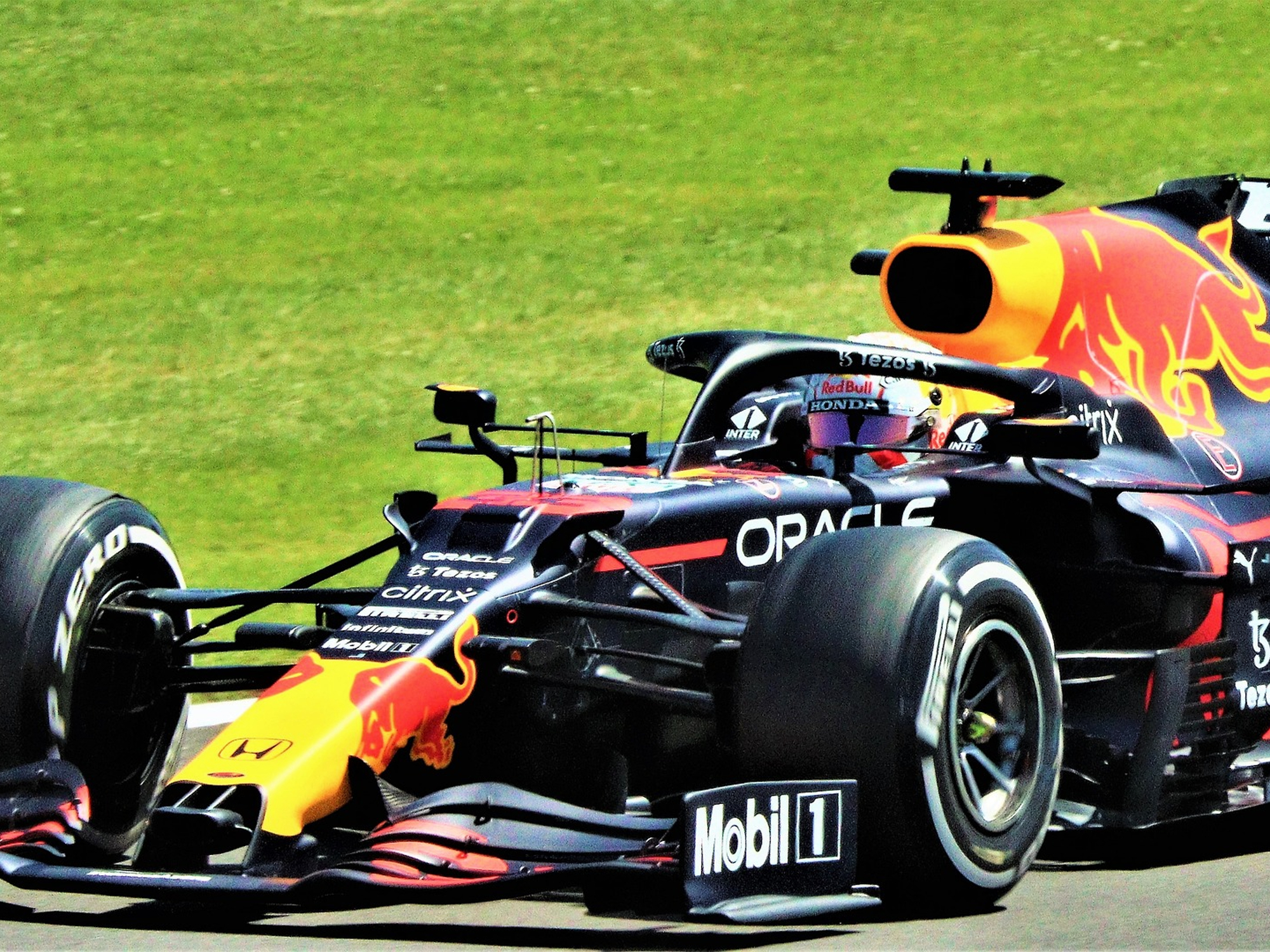
Formula 1 Grand Prix races are three-day events starting Thursday or Friday. Starting with the 2021 season, a few events have also included a Sprint race. An F1 Sprint race is relatively short and includes the minimum laps required to complete 100 kilometers (62 miles). Most Sprint races last 30 to 45 minutes and, according to FIA F1 Rules and Regulations, must finish within an hour of the race start time.
In contrast, F1 Grand Prix races are longer, consisting of the fewest laps to cover 305 kilometers (190 miles), except in Monaco, where the distance is 257 km (160 miles). Grand Prix races are supposed to finish in two hours unless they are suspended during red flag conditions, which can extend the time to 3 hours.
Why are Sprints important in F1 racing

The FIA added F1 Sprint races to Grand Prix race events to keep the events fun and entertaining for spectators in person or via streaming content. In typical Grand Prix events, the first day has two timed free practice sessions, with a third practice session on the second day. The practice sessions allow spectators to see the cars in action, but drivers will often leave the track for adjustments or fixes depending on how their cars perform on the tracks.
With no competition among the race cars, the FIA believed spectators would be bored. The second day also includes a qualifying event, which determines pole position in the Grand Prix, but it’s still just getting ready for the big race. So, the FIA’s added shorter race gave viewers another real competition between F1

How many Sprint races are there in 2024
In the 2024 Formula 1 calendar, the six F1 Sprint races will occur at the Grand Prix race events in Austin, Austria, Brazil, Miami, Qatar, and Shanghai.
How does a Sprint race change the Grand Prix schedule?

Previously, Sprint races changed the Grand Prix event schedule. Instead of the usual two practices on Friday, one practice and the qualifying event on Saturday, and the Grand Prix race on Sunday, from 2021 through 2023, Sprint race weekends meant one practice and the Grand Prix qualifying race on Friday, a Sprint Shootout qualifying and the Sprint race on Saturday, and then the Grand Prix race on Sunday. The Sprint lessened the amount of practice opportunities and interrupted progress for the big race, in the opinion of many drivers.
The FIA changed the 2024 schedule for Grand Prix events with Sprint races. The Sprint Shootout happens this year on Friday after the free practice event. On Saturday, the Sprint race is first, followed by the Grand Prix qualifying event, with the Grand Prix on Sunday.

What Championship points can drivers win in Sprints?
The F1 rules state that for Sprint races that complete 100 km (62 miles), the first eight finishing positions will be awarded points. First place will win 8 points, second position gets 7 points, and so on, to the eighth position driver who will get 1 point. The points are reduced proportionally if the race is stopped without completing the full distance.



